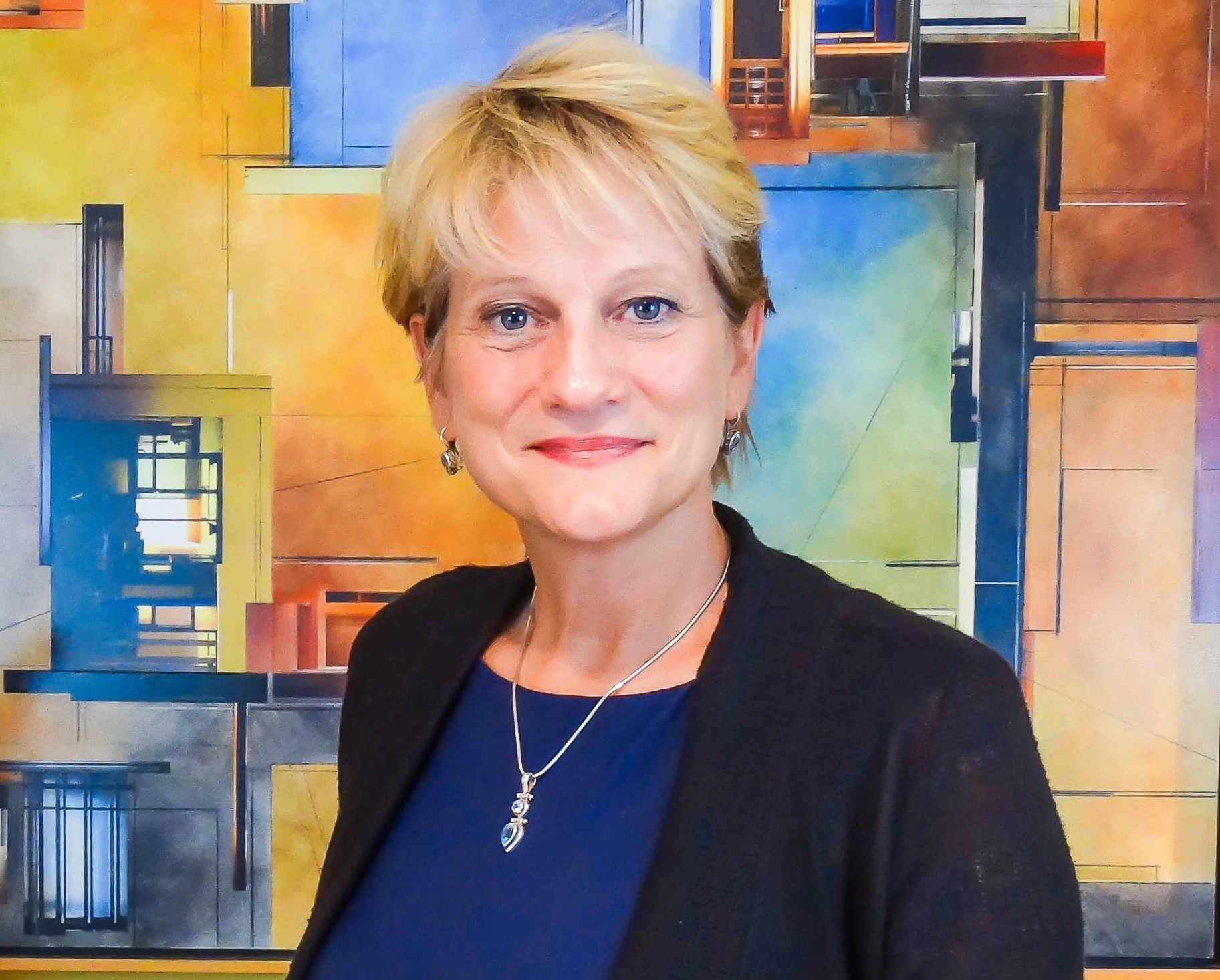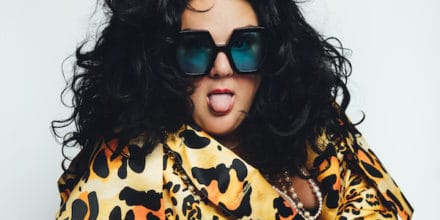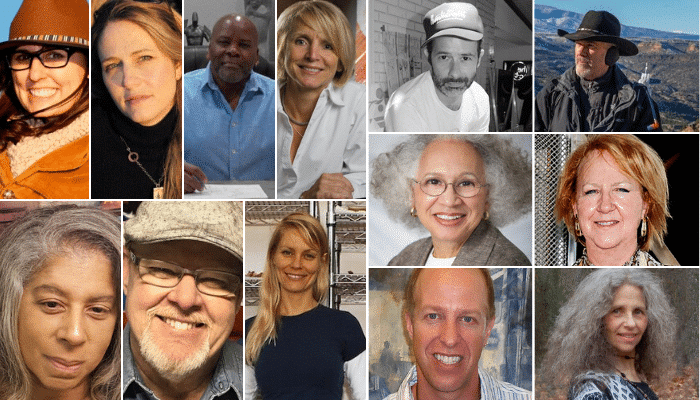How do you deal with changing industries? How do you make sure that your business remains viable for years to come? Amy Whitaker, author, business person, artist, and Assistant Professor at NYU Steinhardt, addresses these questions and more in her book Art Thinking. As she puts it, “even if you are succeeding at something, you have to force yourself to go back to the drawing board all the time.” Topics Include:
Art Thinking:
- Design thinking vs. art thinking
- “Facing the blank canvas of having an idea or the direction you want to move but not knowing if you can really get there and having to explore.”
- The importance of “carving out this space of the market to support your own early exploration and forays.”
- “If you’re making a work of art in any field, it’s a process.”
- “This has to do a lot with the things that make a business continually remain viable over time.”
The Suits vs. the Creatives:
- “I think people are still afraid of the market and people feel that business is a set of rules… People feel like they’re selling out. I don’t think that’s the case.”
- “I think business is incredibly creative and that it’s a set of structural building blocks.”
- “Many of the things that people approach in business – when they’re talking about a business plan or return on investment – they’re really talking about similar things to what happens in art.”
- “As a creative person you can take your way of working, whether that’s as a visual artist or a visual practice artist or a choreographer, and you can move business around like a form.”
- “In the same way that oil paint has its limitations and its advantages, there are things about capitalism that are limited.”
- “Business is a creative design medium where you’re moving around these pieces of class structure and investment return; and you’re figuring out what works for you that supports your practice and feels okay with your politics.”
- “Art world history is littered with examples of artists doing something structurally artistic in the marketplace.”
Science & Art:
- “The vector of creativity is curiosity and skepticism; they undergird the process of science but also the disciplines of faith.”
- “You don’t want to be a scientist who has no imagination, and you don’t want to be an artist who has no rigor.”
- “To become the next Google is not to follow the Google template, but to become the next whatever-you-are-trying-to-be from first principles that you believe can be as transformational and as important as Google.”
Why Do People Get Bored at Museums?
- “Museums are no longer built in lockstep with the human experience.”
- “People get bored and tired because they’re overwhelmed by the scale of the experience. They feel like they should see a much larger quantity of art than certainly I can take in.”
- “Museums are oriented toward the voice of the art historian as opposed to the voice of the artist… That’s a very different voice than identifying with the artist at the moment the art was made, thinking about it as a process, being a fellow creative traveler, and enjoying the beauty of it.”







